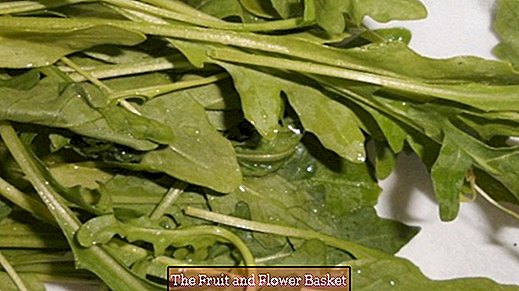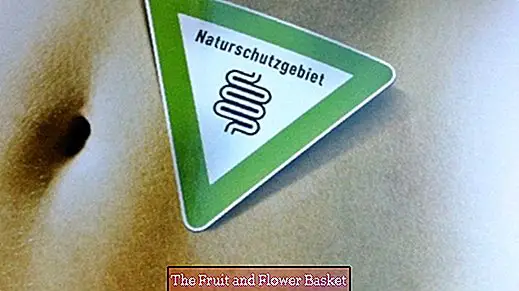Keep fresh salad fresh
Do you know the problem? You want to prepare a salad as colorful as possible, chop it happily and then only half will be eaten. What to do with the rest, so that it does not dry up or rotten, but remains fresh until it can be enjoyed?
Here is a very simple trick
1. Preparation
- Wash lettuce (iceberg, arugula ...) and vegetables (onions, cucumber, peppers, carrots, radishes ...) and cut into bite-sized pieces. For cucumber and tomato, separate the inner life (the liquid around the kernels) from the pulp beforehand. Add the liquid to the salad dressing and cut only the pulp into bite-sized pieces.
- Make salad dressing to taste and STILL NOT over the vegetables.
2. Serve everything separately
- Depending on the target group, mix lettuce and salad vegetables or serve in separate bowls.
- Serve salad dressing in any case separately (I take small glass bottles, eg the former feeding bottles of my children: //www.thefruitandflowerbasket.com/babyflaeschchen-fuer-salatdressing-a48401/)
- At table, everyone prepares their favorite salad with the prepared vegetables, lettuce and sauce to taste.
3. Store the leftovers
- The remaining remains are rinsed once more in a colander with cold water and then dripping wet on a clean cloth napkin (cotton or linen).
- Turn the napkin around and place in the fridge, preferably so that the napkin from the outside from all sides air comes in, so z. B. the napkin in the original salad packaging "hang".
Each one of us has a different salad flavor (one does not want onions, one no paprika, the next no carrot), so I pack each ingredient individually. If I keep salad just for myself, then I mix the ingredients before packing them into a napkin.
Due to the evaporation of the water in the napkin, lettuce and salad vegetables are spared both from drying up and mold, and stay fresh and crisp longer. In this way you can prepare salads in stock and has quickly put together a fresh salad if needed.
Of course, you can also wash freshly bought leaf lettuce and - without cutting it - place it in cloths so that it stays fresh longer.
Thus, I found a meaningful use for cloth napkins from grandma's heritage. Of course you could also use bags or bags made of cotton or linen for the purpose or even make extra for it.
Care of the cloth napkins
Wash with dish cloths at 40 or 60 degrees (of course without fabric softener) and iron if necessary.





